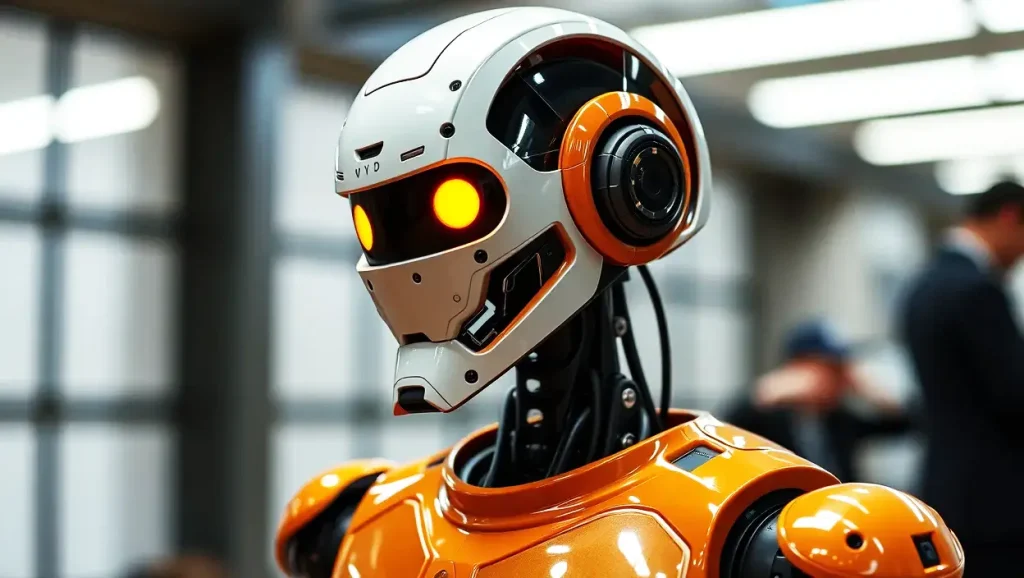The year 2025 will likely be the one when humanoid robots transition from demo videos to real-world jobs. Spooky retailers buzzed around the trade show floor for years, but high prices, crummy batteries and clunky programs never allowed them to pay their salaries. Three trends have now altered that script: cheap, high-power chips, warehouse-scale data, and new batteries that can store not one but two times the energy in the same amount of space. Combine all of that, and a genial metal coworker begins to take notice of the money.
The technological advancement in hardware
The trillions of computations per second required by a walking robot to balance, see, and grasp in real time are provided by the Nvidia Thor and Dojo chips developed by Tesla. Costs have reached the point where a single-control board costs less than replacing a lidar sensor in one form. In the meantime, Atlas-X and Digit robots by Boston Dynamics and Agility, respectively, have a 48-volt solid-state battery that provides them with eight years of operation before automatically parking themselves on a charging pad.
Cloud brains
Robots are no longer taught a single motion at a time; they can utilize self-supervised vision models trained on billions of images coupled with reinforcement learning that runs simulations. As soon as a robot solves a problem at one of the client locations, such as a parcel sort or a restocked grocery shelf, the data uploads into the cloud overnight, and all sisters become that skilled. The influence is an upsurge of expertise as opposed to momentary programming.
Where will you meet them first?
Logistics centers: Palletising of boxes and tote picking, where injuries to soft tissue used to be off the scale.
Manufacturing: Automation smoothness on the so-called last-meter of duties altering every week.
Retail: The background verification and end-of-shelf replenishment by night shifts that allow employees to address shoppers.
Elder care: Simple helping functions, such as fetching water and retrieving a dropped phone, were tested in Japanese clinics.
Building: climbing a scaffold and moving equipment, coming down and setting layout marks that are millimeters exact.
Market math
Today, analysts predict that humanoids will take on four trillion dollars of work a year by 2040. Early models, identified as having a total cost of ownership of less than $8 an hour, are already earning more than minimum wage in most areas. That figure will decrease as the volume increases.
The second challenge
Androids will scale as fast as they are regulated and trusted by society. Parameters such as clear opt-out rules, status lights with high intensity, and skins that are soft and padded are becoming an industry standard. Provided that companies prioritize safety over utility and place more emphasis on it, 2025 might become the time when robots start working permanently all over the place.



